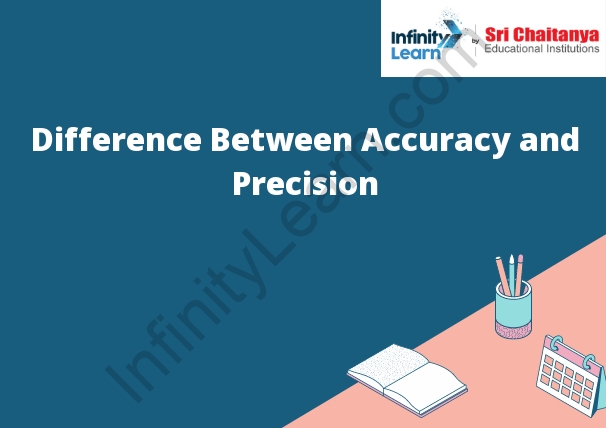Table of Contents
Introduction to Accuracy and Precision
Accuracy is a measure of how close a set of measurements are to each other. Therefore the precision of a set of measurements is a measure of how close the individual measurements are to each other.

Accuracy and Precision
Accuracy is the closeness of a measurement to the true value. Precision is the reproducibility of a measurement.
Point Accuracy
When a player points their gun at another player, their aim is said to be accurate if their shots hit the player they are aiming at. Therefore more accurate a player’s aim is, the more likely they are to hit their target.
Accuracy as the Percentage of Scale Range
The accuracy of a measuring device is the percentage of the scale range that the device can measure. For example, if a device can measure from 0 to 100, then the accuracy would be 100%. However If a device can measure from 0 to 10, then the accuracy would be 10%.
Accuracy as the Percentage of True Value
The accuracy of a measurement is the percentage of the true value of the measurement.
Precision
- Precision is the degree of detail in a measurement.
- Instrument precision is the degree of detail in the measurement that is possible with the instrument.
- Instrument precision is usually specified in terms of the least count or resolution of the instrument.
- In practice, the precision of a measurement limited by the random errors in the measurement.
- The precision of a measurement usually expressed as the standard deviation of the measurement.
Repeatability
The ability of a test to produce the same results when it repeated.
Example of Accuracy and Precision
An example of accuracy and precision is if you are measuring the length of a table and you get a measurement of 96 inches. This would considered accurate because it is close to the actual measurement of the table. However, if you get a measurement of 97 inches, this would be considered precise because it is a more accurate measurement of the table.
List Out the Difference Between Accuracy and Precision in Tabular Form
The table below illustrates the difference between accuracy and precision.
Accuracy Precision 1 1 2 1 3 1 4 1 5 1 6 1
The accuracy of a measurement is the degree of correspondence between the measured value and the actual value. The precision of a measurement is the degree to which repeated measurements of the same quantity agree with one another.
Important Concepts that Help to Understand the Difference between Accuracy and Precision
Accuracy is the degree of correspondence between the measured value and the true value. Therefore precision is the degree of agreement among repeated measurements of the same quantity.








